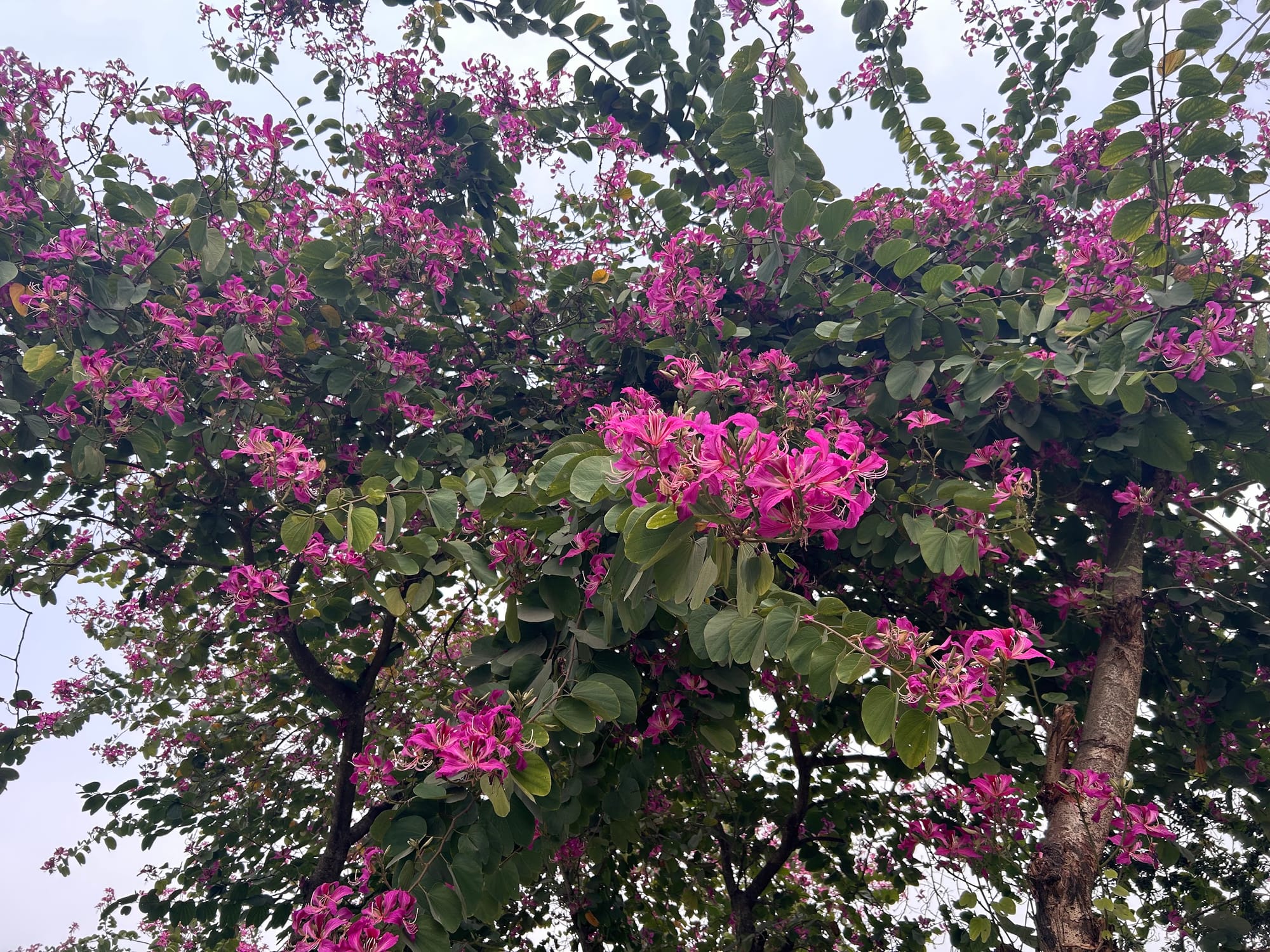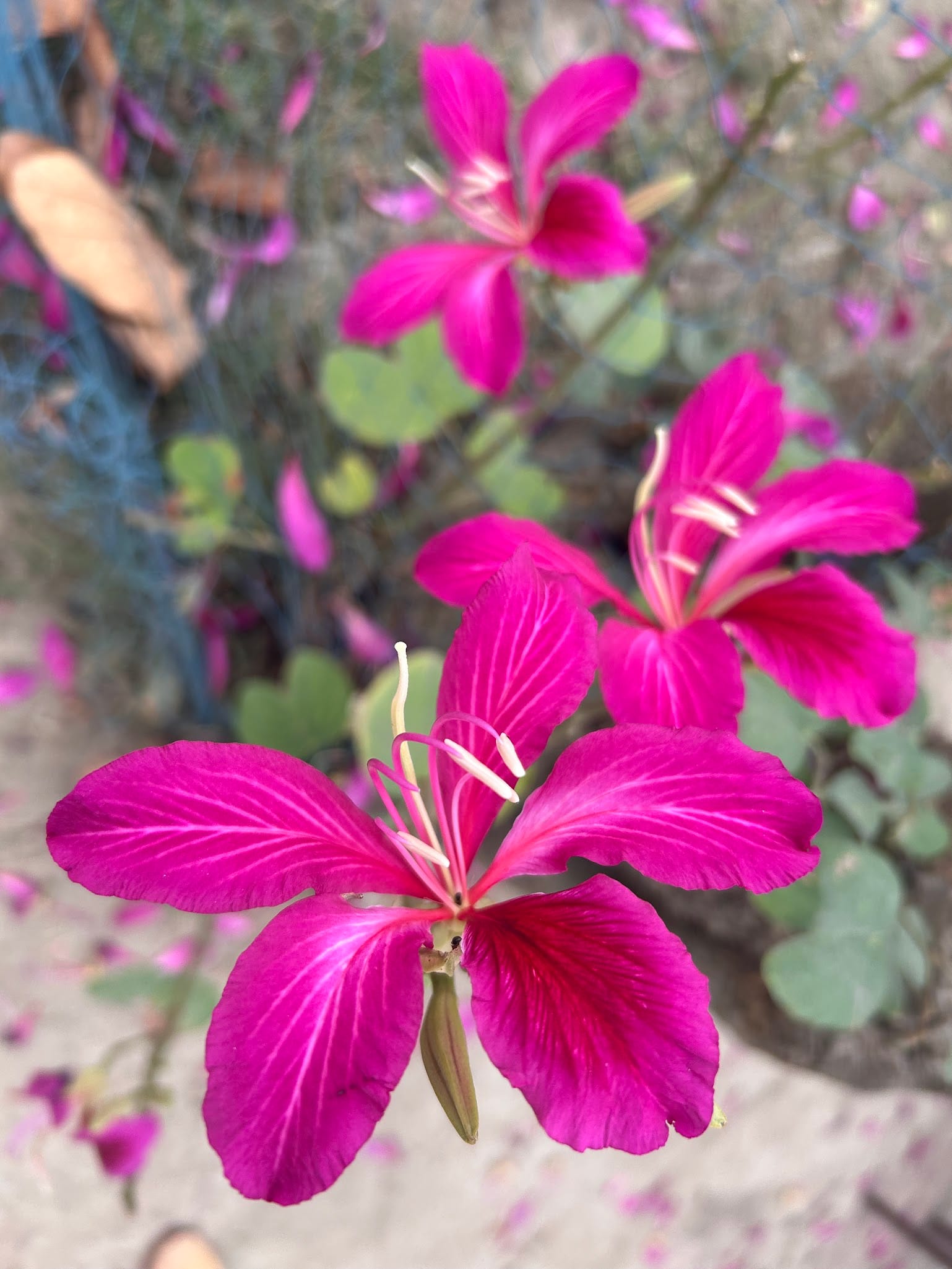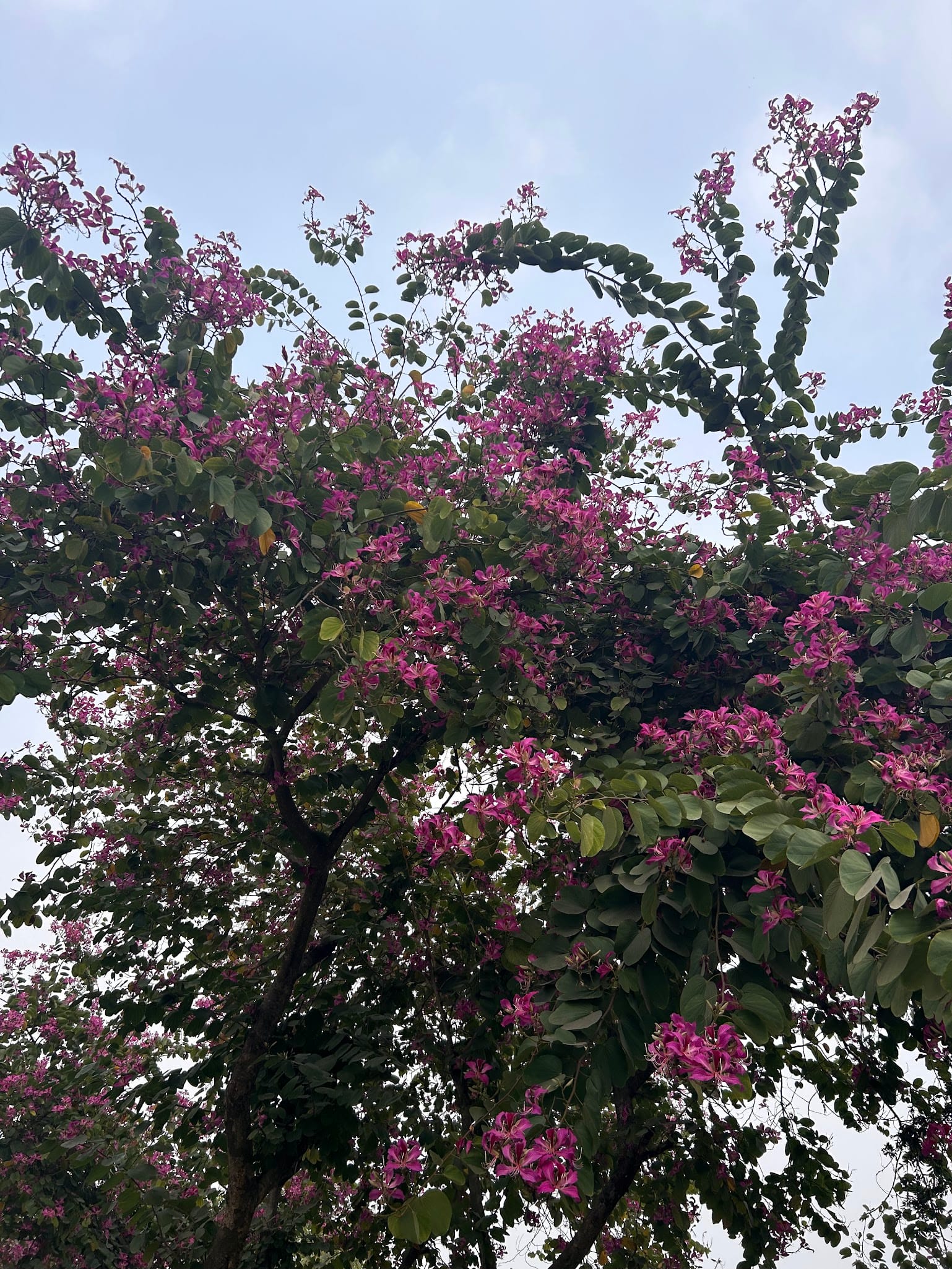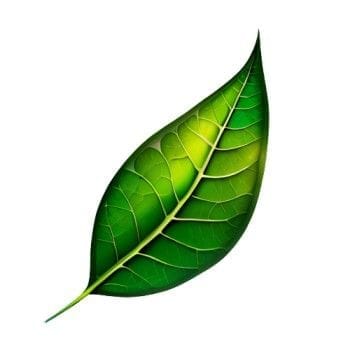
If you have enough space in your backyard to grow a flowering tree, get an orchid tree. I visited an eco-friendly park a few years back and an orchid tree caught my eye. I did not wait; I planted an orchid tree in my backyard. Now it has grown large and blooming.
I have grown this in Zone 10 and in this article, I will share everything you need to know to grow an Orchid Tree in Florida.
Why don't you take a closer look at my purple orchid tree flower?

I will start with the basic information you need to know before you start planting an orchid tree in your Florida Garden. Then, I will move forward to the caring guide (that will help you to keep your orchid tree healthy)
Can we grow an Orchid Tree in Florida?
Yes! Definitely. The warm climate of Central and South Florida is perfect for this flowering tree.
To be honest, North Florida is not that suitable for this heat-loving tree.
We can grow orchid trees from USDA Zone 9 to Zone 11.
Note: Orchid Tree is a moderate salt-tolerant tree, which makes it suitable for coastal areas. Find best salt-tolerant plants and trees for South Florida.
When does an Orchid Tree Bloom in Florida?
It depends on the variety.
| Variety | Scientific Name | Blooming Season |
|---|---|---|
| Hong Kong Orchid Tree | Bauhinia × blakeana | November to April |
| Purple Orchid Tree | Bauhinia purpurea | September to December |
| Variegated Orchid Tree | Bauhinia variegata | January to March |
| White Orchid Tree | Bauhinia acuminata | Intermittently year-round |
| Yellow Orchid Tree | Bauhinia tomentosa | June to September |
Orchid Tree Varieties
Though there are many varieties of this tree, they look almost the same. The flowers come in different colors.
The below variety chart will help you choose the best variety for you.
(Scroll the table side-wise on small screen devices to see the complete data)
| Variety | Scientific Name | Flower Color | Max Height | Growth Rate | Seed Production | Best For Florida? |
|---|---|---|---|---|---|---|
| Hong Kong Orchid Tree | Bauhinia × blakeana | Deep Purple-Pink | 40 ft | Fast | None (Sterile) | ✅ Best Choice (Non-invasive) |
| Purple Orchid Tree | Bauhinia purpurea | Purple | 35 ft | Fast | High (Can be invasive) | ⚠️ Can spread aggressively |
| Variegated Orchid Tree | Bauhinia variegata | Pink, White | 40 ft | Moderate | High | ⚠️ Can become invasive |
| White Orchid Tree | Bauhinia acuminata | White | 20 ft | Moderate | Low | ✅ Great for small gardens |
| Yellow Orchid Tree | Bauhinia tomentosa | Yellow | 20 ft | Slow | Low | ✅ Unique flowering option |
The most popular variety is the Hong Kong Orchid as the flowers do not produce any seeds. This makes this variety non-invasive.
When you go to buy this flowering tree, make sure you are aware of which variant it is.
Tip: The leaves are butterfly-shaped but the Hong Kong orchid tree’s leaves tend to be broader and more rounded. This is how you can identify the variety.

Growing and Caring Guide - Orchid Tree
In this section you will find these:
- Ideal growing conditions
- Where and how to plant an Orchid Tree
- Care and Maintenance
watering, fertilizing, and pruning
Ideal Growing Conditions for an Orchid Tree in Florida
Have you ever noticed that I love creating tables to increase the readability? I hope you will find this growing condition table easy to understand.
| Factor | Ideal Condition |
|---|---|
| USDA Hardiness Zones | 9-11 (Best for Central & South Florida) |
| Sunlight Requirement | Full sun (At least 6-8 hours daily) |
| Soil Type | Well-draining sandy or loamy soil |
| pH Level | 6.0 - 7.5 (Slightly acidic to neutral) |
| Water Needs | Low to moderate; drought-tolerant once established |
| Temperature Range | Above 30°F (-1°C); can be damaged by frost |
| Humidity Tolerance | Handles Florida’s high humidity well |
| Fertilization | Balanced fertilizer (10-10-10) twice a year |
| Pruning Needs | Minimal; prune in late winter for shape |
| Salt Tolerance | Moderate; suitable for coastal gardens |
Where and how to plant it
When it comes to choosing a suitable planting location, take a look at the maximum height from the first table (varieties table).
The yellow and white variety is perfect for small gardens.
Spacing Recommendations: Keep at least 20-25 feet from your house, water lines, or power lines. The roots go deep and spread. This can cause damage to the nearby structures.
Dig a hole twice as wide as the root ball and place the tree at the same depth as in the pot. Now fill the gap with soil, tamp lightly, and water thoroughly. Done!
If you are from Central Florida, add some mulch around the base. (Do not touch the trunk)
Care and maintenance
You have to take good care of an orchid tree as long as it is young. Once it is established, you don't have to worry that much.
Watering: When it is young, water 2-3 times per week.
After establishment, water only when the season is too dry (in winter and summer). The roots will go deep and can easily absorb water from the soil.
Fertilization:
Use a balanced fertilizer (10-10-10 or 8-4-12) twice a year.
If you have read my homemade fertilizer charts for fruit trees, you already know that phosphorus encourages blooming.
Feed your orchid tree Extra phosphorus (for blooms) in spring.
Tip: Extra phosphorus should be given before the blooming season. Check the blooming time chart I have provided in this article.
Pruning:
Never prune in the blooming season. Do not prune in early winter.
Prune your orchid tree before spring growth. I usually prune the crossing branches to increase the airflow. As Florida is humid, it helps to reduce the chances of fungal infections.
Last year, I was worried about the hurricane and over-pruned my orchid tree. This reduced the flowering. Do not hard prune if possible.
If salt water catches your garden, take a look at this guide: save plants from flooded salt-water.
After a hurricane, you may witness windburn damage on the trees. This might help you: Post Hurricane Wind Burn - What to do
Have open space to grow fruit trees? Check: Best fruit trees to grow in Florida
Subscribe to this site. This makes me smile! Good luck with your Orchid Tree.
